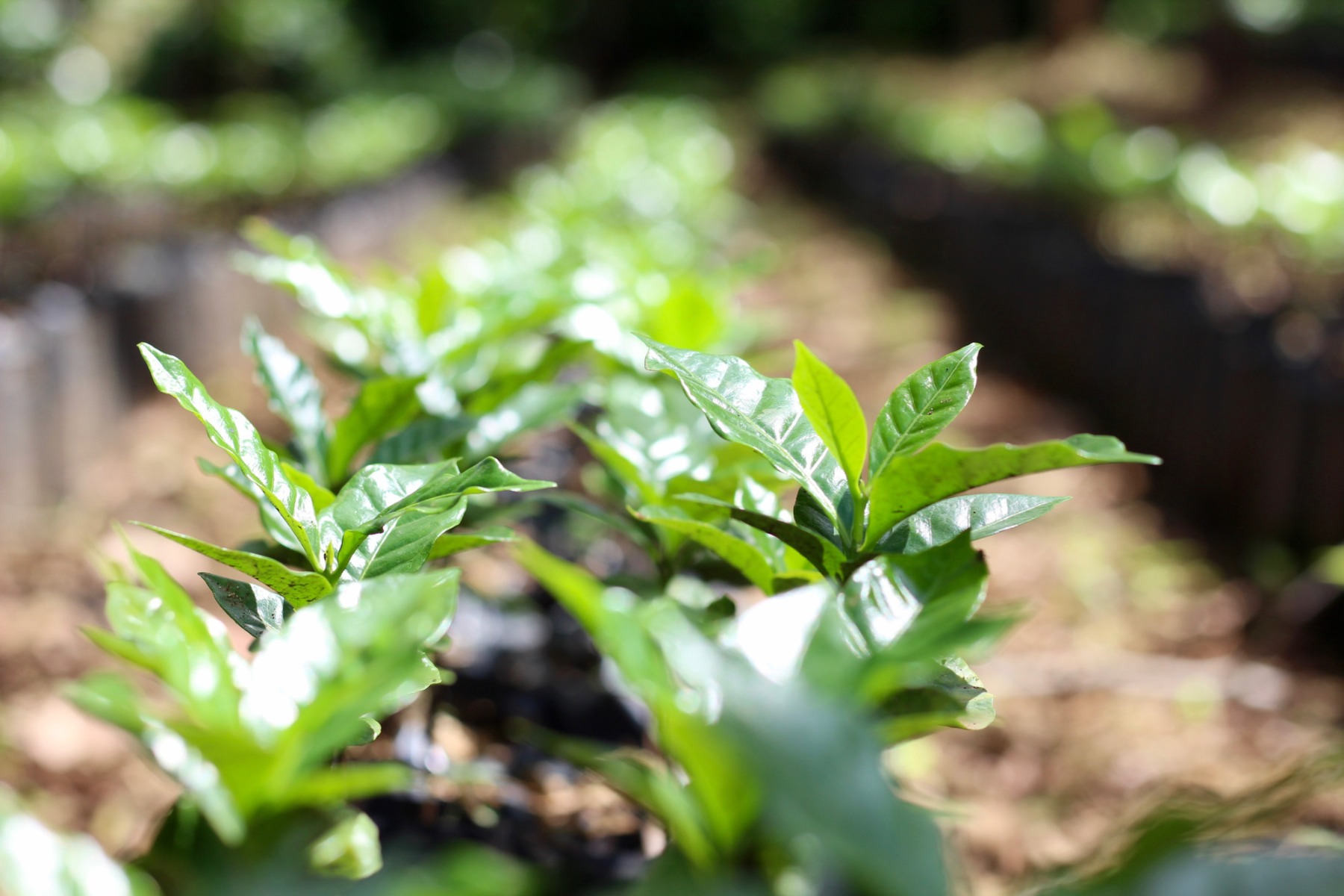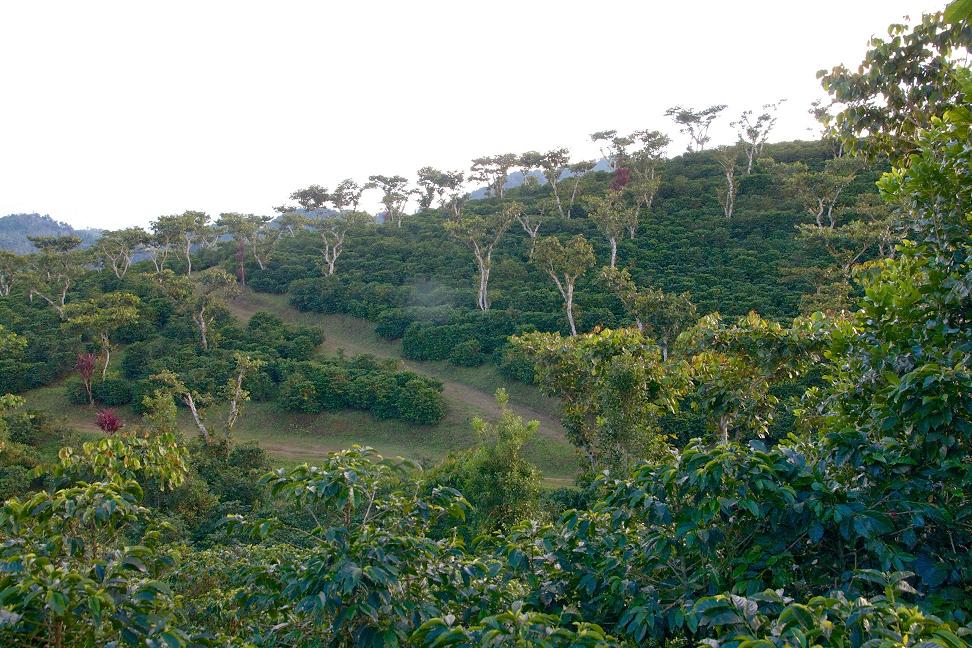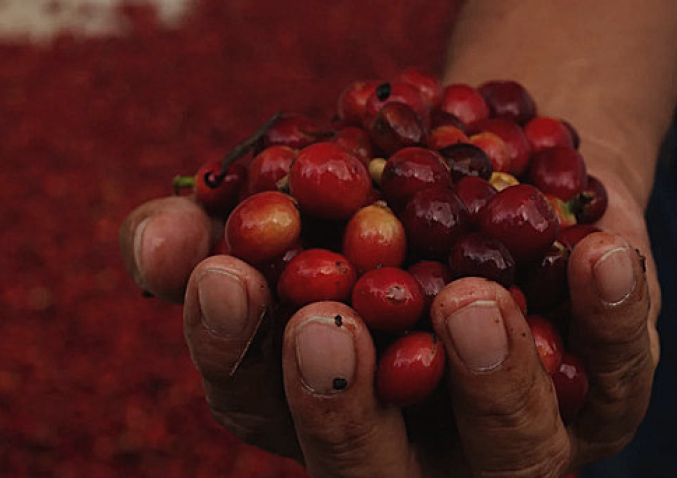Crema Trekkers: Guatemala Margarita Barberena Single Origin
- 12 Feb 2019

Guatemala Margarita Barberena Single Origin Coffee
The Guatemala Margarita Barberena single origin was grown and processed on a TG-LAB farm known as Finca Margarita. TG-LAB is an organisation dedicated to the creation of traceable and high-quality specialty coffee. They focus their efforts at the farming and agricultural level, developing innovative financial models for farmers to control their pricing and where their coffee is sold.
GUATEMALA COFFEE BEANS
The Guatemalan coffee beans are grown on Finca Margarita from the Pueblo Nuevo region in Santa Rosa. The farm is a hidden gem of Guatemala, with 305 hectares of coffee plantation, five water springs, 182 hectares of native forest and 50 hectares of re-planted forest ground. This single origin was grown approximately 1,400m above sea level and is graded SHG.
Bourbon is a parent to a variety of Arabica varieties, named after Bourbon Island (now known as Reunion Island) where it is derived from. It’s a short tree with many secondary branches and on average produces 25% more coffee than the Typica variety. The Bourbon variety is renowned for its exceptional sweet/acid balance.
Catuaí derives from the Guarani multo mom, meaning “very good" and is considered to have moderately good cup quality. This varietal produces both yellow-fruited and red-fruited types, and have since been many selections in different countries. The cultivar was created in 1949 by Institution Agronomico (IAC) of Sao Paulo State in Campinas, Brazil, from a crossing of yellow Caturra and Mundo Novo (initially called H-2077).
Tasting Notes: Medium body and orange acidity, with notes of chocolate and orange zest – like Jaffa – and a slightly smoky but pleasant note.
Flavour Strength: 7/10
Sweetness: 7/10
Body: 5/10 (Medium)
Sign up to the Crema Trekkers Single Origin Coffee Subscription for more great coffees like the Guatemala Margarita Barberena.


THE GUATEMALA GROWING REGION
According to the International Coffee Organization, Guatemala is the fourth highest coffee producer in 2018 and coffee remains one of the country’s top exports. Although coffee was already known in Guatemala as early as the 1700s, it wasn’t until the mid-1800s that coffee production was prioritized. The government supported this push to produce coffee commercially as a response to the collapse of Guatemala’s indigo and cochineal industry, as Europe moved towards the use of chemical dyes, supported by beneficial trade and tax legislation.
By 1859, over 500,000 coffee trees had been planted around Antigua alone and by the 1880s, coffee made up approximately 90% of Guatemala’s exports. Since then, the coffee industry in Guatemala has been fraught with plenty of industrial problems caused by political and social upheaval. Finally, in 1960, coffee growers developed their own union which officially became known as Anacafé (Asosiación Nacional del Café). This organization is now responsible for marketing, research and financial support to new and existing farmers.
Today, Guatemala heralds one of the most diverse ranges of climates optimal for coffee growing, which 8 defined growing regions: Antigua, Huehuetenango, Atitlan, Acatenango Valley, Fraijanes Plateau, Rainforest Cobán, Volcan San Marcos and Oriente. Each region has its own unique growing conditions and microclimates.



Ideal Brewing for Guatemala Coffee Beans
As a single origin, the Guatemala Margarita Barberena features a medium body and orange acidity, with notes of cocoa and orange zest, with a slightly smoky but pleasant note. This flavour profile comes through best in an espresso - either on its own or in a long black. You can add milk to the espresso but it can wash out the flavours a little bit.
It also works well as a cold brew coffee, really bringing out more of the sweet cocoa tones. Pour Over as a method brings out more of the bright orange acidity that this coffee features, giving it quite a bit of zest.
Images sourced:
https://scanews.coffee/2017/10/25/avance-first-sca-sustainability-conference-held-guatemala-city/
http://www.interamericancoffee.com/tag/tg-lab/
https://blankboxcoffee.com/coffee/bbcoffee032-guatemala-las-margaritas/




